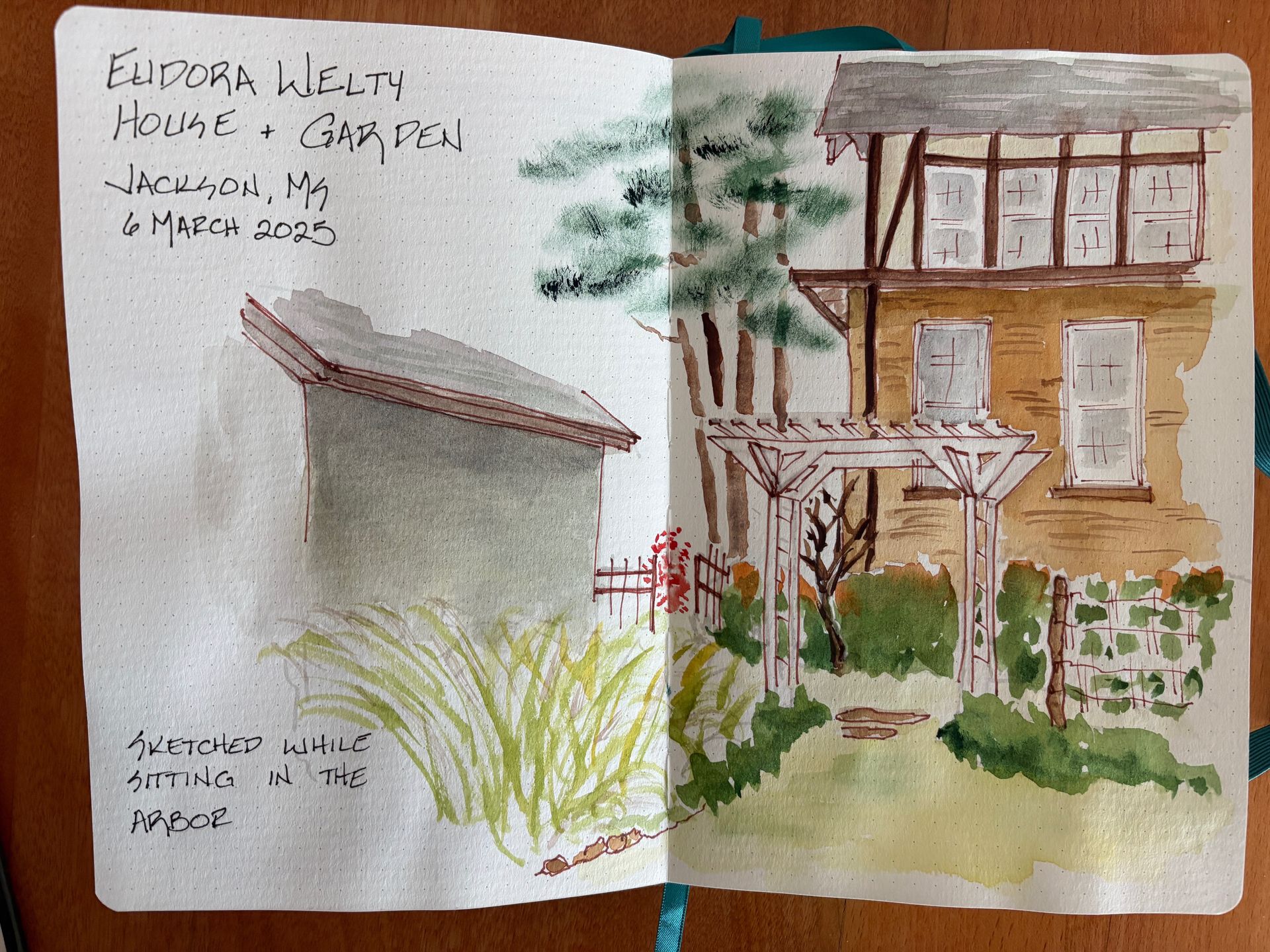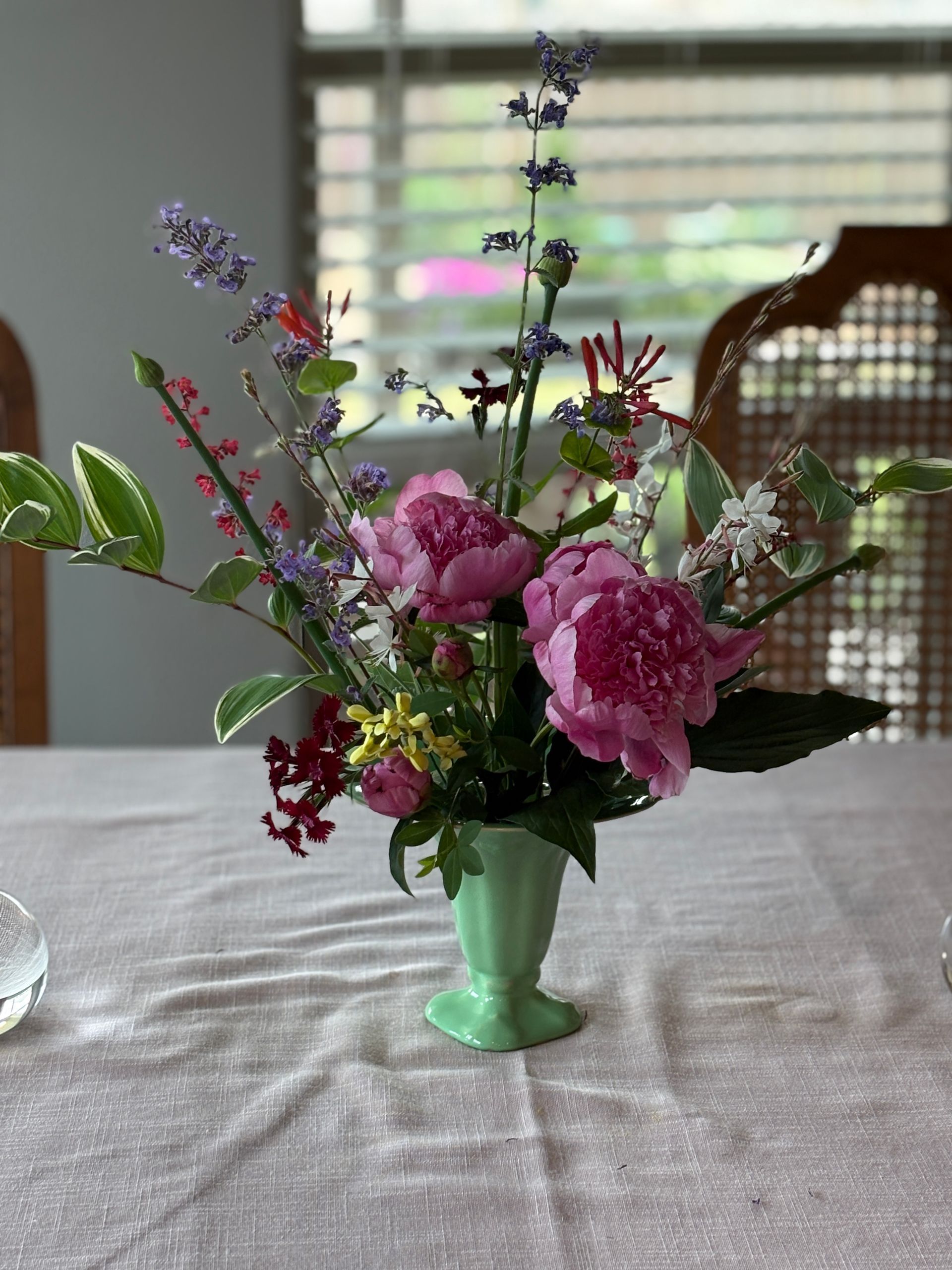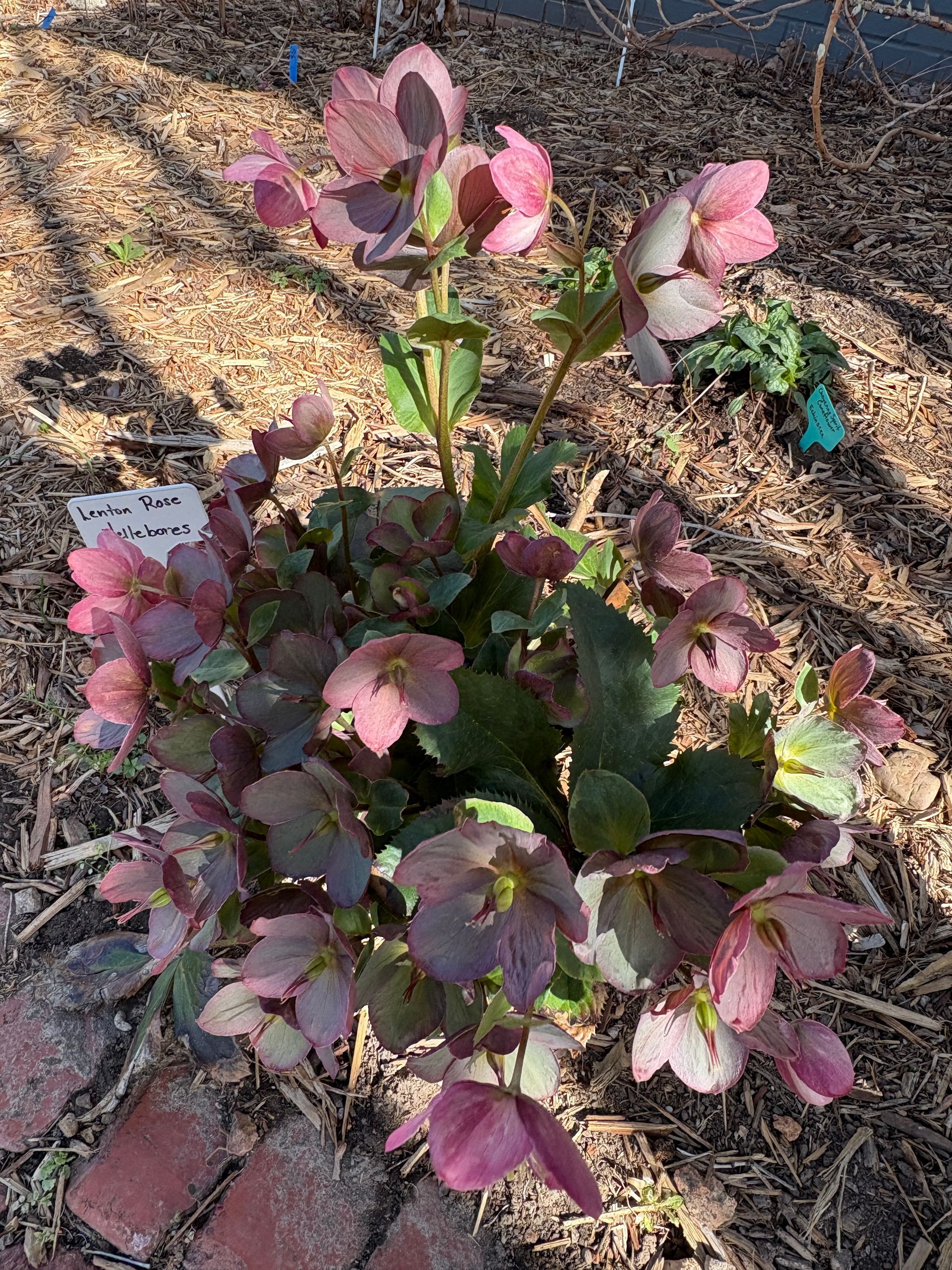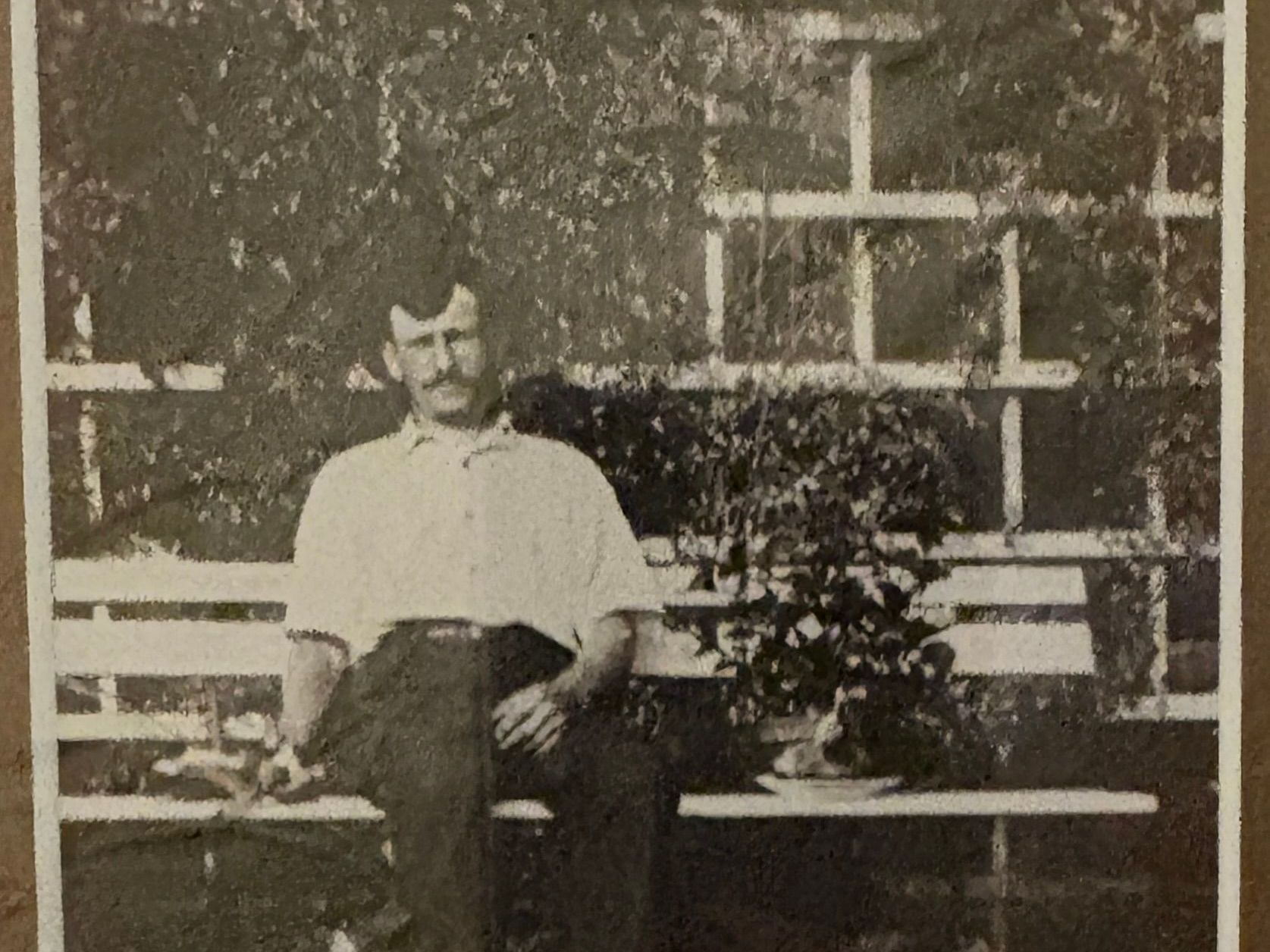Time in Her Garden
Connie Cottingham • October 24, 2010
Today I planned to take a friend to lunch before going to the book launch of In the Garden with Billy
, a book I had been looking forward to reading. Jean and I sat on her patio for a few minutes, talking in the warming sun when she mentioned she wished she had asked me to bring a tiller or tool to help break up a contractor’s clay planting bed so she could put a few plants in. Jean has to be an amazing gardener, because her garden is blooming despite the horrible sub-soil clay mess her poor plants have to live in. A couple years ago we planted blueberries, azaleas, a cotoneaster and Knockout roses, all doing well now. Today we made a mad dash to Pike’s to buy soil, mulch and plants, then Jean heated homemade stew and made grilled cheese sandwiches while I used a new pitchfork to break up brick-hard clay. Four bags of topsoil only amended half the bed, but we considered with our time and soil limitations half a bed done fairly well was pretty darn good for today. The other half would be dealt with in spring and just mulched for now. A mature Knockout rose divides the two sides. I planted 22 daffodils where I could dig deep-enough holes and moved some ‘Goodnight Moon’ bearded iris that had spread since the start was brought from my garden. I completed the planting with asters, mums and pansies, then 4 bags of mulch while Jean planted a container with annuals. I managed to scrub most of the dirt off my hands and nails before jumping in the car to get to the book launch.
Was sweating in the garden better than someone bringing me lunch in a restaurant? You betcha, because those flowers will bloom for several weeks, then several years for Jean. The daffodils will be a brilliant surprise come spring. I think that taking Grandma to an all-you-can-stomach buffet shows love, but not much imagination. If you have a friend or relative that you should visit, consider doing a little work instead of just going out to eat. Washing windows, filling birdfeeders, planting pansies, or framing photos can give someone many hours of joy.
Oh – and In the Garden with Billy
– well worth reading! Good news, since I bought copies for 4 friends!

1. The locals know which destinations suit your interests The people who work and volunteer are proud of their town and happy to have you discover all it has to offer. Once you start talking, they will light up as they give suggestions on what would interest you. Yes, there may be an abundance of breweries in an area, but a visitor center singled out the one that was also a cut flower farm to me. 2. Free parking while you get your bearings It takes a moment to figure out what is what in a new town. Many visitor centers offer free parking while you plan your visit with helpful staff and volunteers. 3. Restrooms and coffee ... welcome finds on a road trip. 4. Warnings and options When I mentioned that I wanted to experience the Blue Ridge Parkway on the way home in the Hendersonville (NC) Welcome Center, they warned me that weather had shut a segment down. They suggested another route where I enjoyed an outdoor lunch, art galleries, and a scenic drive home. Visitor centerscan also point out festivals and events to either enjoy or navigate around. 5. Gift shop A visitor center gift shop often carries postcards, local products, shirts, books, and other keepsakes to remember your trip. I seek out stickers to label my travel journals with the destinations inside.Photo in text here
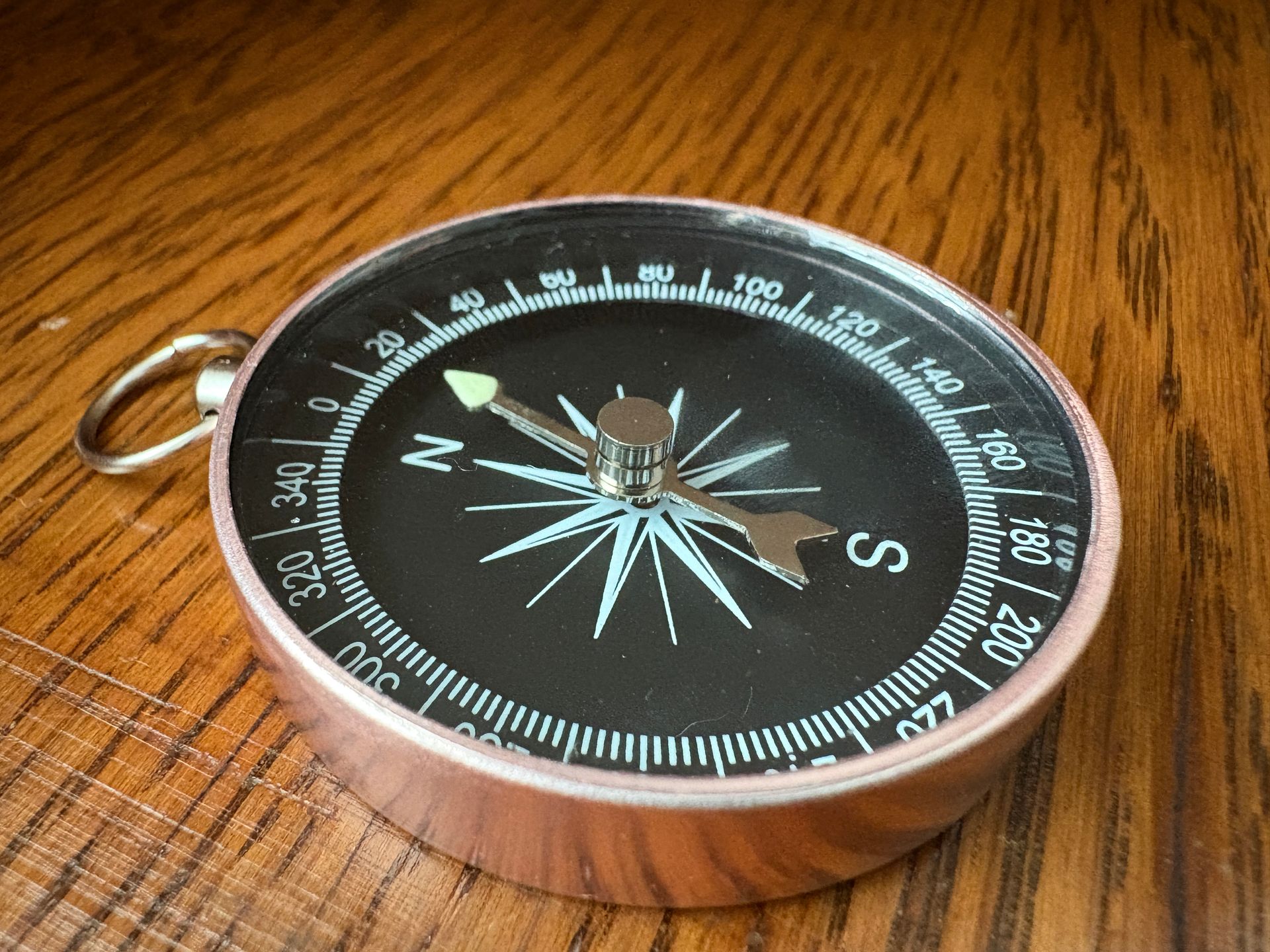
September 22 is the Autumn Equinox — a day when the sun rises due east and sets due west. For gardeners, this isn’t just trivia: it explains why our plants thrive (or struggle) as the seasons shift. This is a science, with a series of calculations and variables that explain everything. I don’t think that level of detail is important here, so I am going to explain this short, sweet, and simplistic. If you are super Type A or demand precision, you may want to stop reading now before I frustrate you. Honestly, my parents’ birthdays are within a day of the equinoxes (Happy Birthday Mom!), so that is how I remember them. I turn to a computer for a precise date when I need it. The date hovers a bit, because a year is 365.2422 days, with leap years that almost correct that. So the fall equinox is September 22-23 and the spring equinox is March 20-21. On an equinox, everyone on the planet enjoys 12 hours between sunrise, which is due east, and sunset, which is due west. The sun pretty much treats us all equally on an equinox. Because the Earth’s axis is tilted 23.5 degrees, in summer the sunrise and sunset move further north. The amount of daylight changes, varying with how far you live from the equator. Is this true in both hemispheres? Yes, but keep in mind that December holiday parties in Australia happen on their long summer days, maybe on the beach. One year I was in England during the summer solstice in late June, when the sun seems to be as far north as it travels. The sun was up before 5 a.m. In summer, London has about 17 hours of daylight. Miami, closer to the equator, gets about 14 hours of sun in late June. Things change in winter, when Miami may have 10-1/2 hours of sunlight while London has less than 8 (sunset before 4 p.m. – yikes!) So what does all this mean to a gardener? If you are not certain where due east and west are in your garden, observe the sunrise and sunset on September 22. In the Northern Hemisphere, days are getting shorter at a rapid pace, until winter solstice on December 21, when the sun will rise furthest southeast and set furthest southwest. At this time, the midday sun will be lowest in the sky. This is why our homes’ eaves are designed as they are, to provide shade from a higher summer midday sun while letting warming winter light into our windows. In the winter, our north walls get no direct sun, so it is easy to think North=Cold. Wrong. In the summer the sunset is northwest, so the hottest part of the day has sun shining on my north walls. I have hydrangeas against my north wall, but July-August I need to make sure they are well watered to handle the baking sun. When you plant a tree, realize that shade patterns change with the seasons. One time I emerged from a camping tent after a morning frost. The tents under evergreen pines that created a warming effect had no frost, while more exposed tents had a layer of frost on them. Deciduous trees provide little protection in winter, but cooling shade in summer. And that is just how a tree canopy can create a microclimate. Now mix in winds and planting zones and architectural details and a million other things and you realize that getting to know your garden will take at least one full year. You can see that as challenge/delay or as discovery/wonder. This is one reason all gardeners kill plants. It is part of the discovery. I’m sorry if it feels like your head will explode. Having a garden means you will grow with it, always learning. Step 1 is easy: Take a few minutes to walk outside and figure out where N-S-E-W are tomorrow. According to studies, less than half the population can point north from their home.
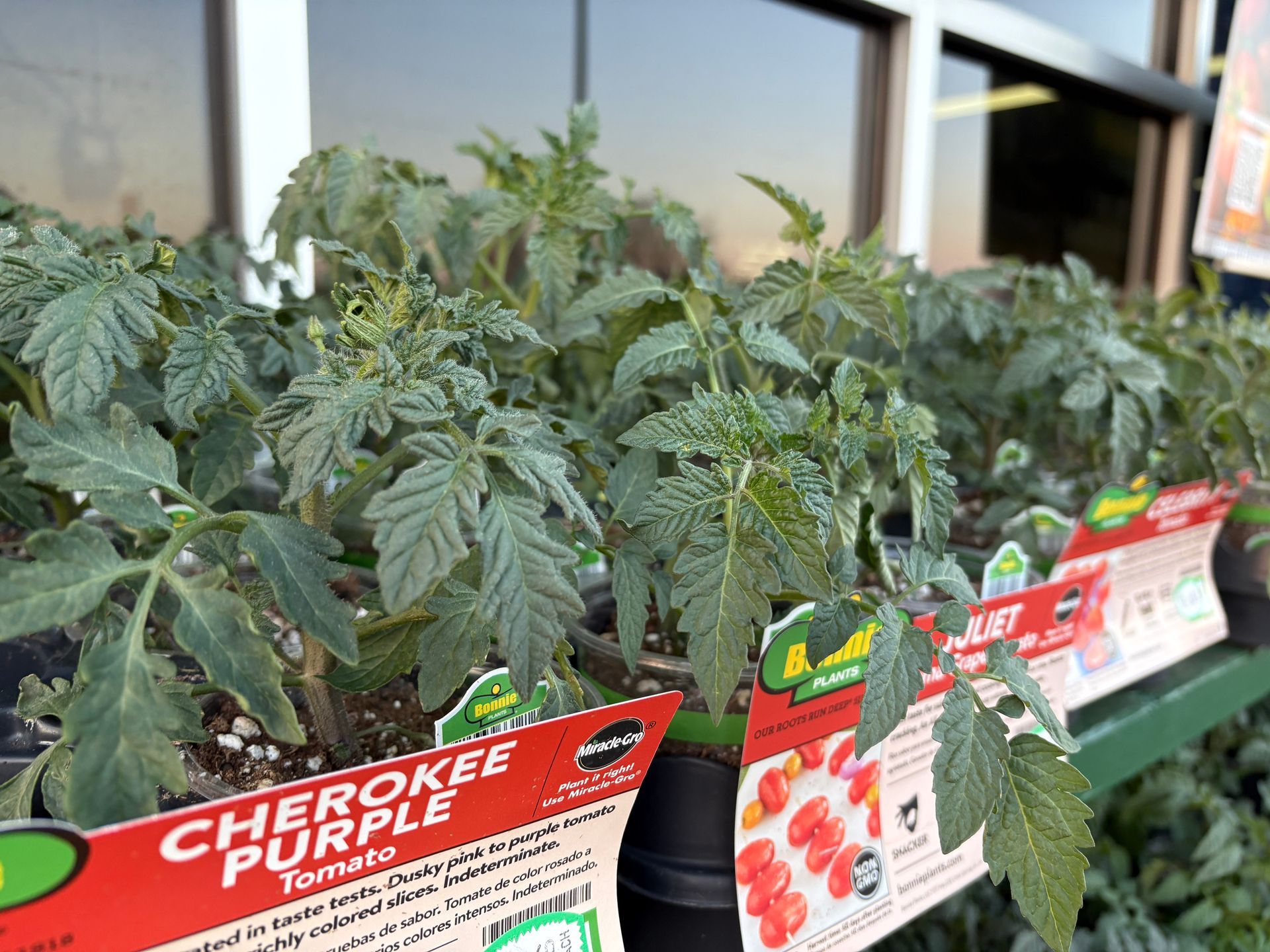
It is late March in Northwest Arkansas, with temps in the 70s, sunny skies and spring fever hitting hard. Plants are in front of stores and garden centers are buzzing. Everyone wants to plant NOW. Although I have seen many peppers and tomato plants for sale, I would not buy one or plant it in March. As beautiful it is today, next week will have three mornings at 40 degrees or below. Yes, that is above freezing, but many tropical plants will die at higher temperatures. Tomatoes should be planted when evening temperatures reliably stay above 50 degrees. Studies say even if the tomato plant looks OK, growth can be stunted when planted before the soil warms up. Yes, it is hard to resist. Here are a few things to do instead. Watch for Blackberry Winter. It’s a thing – practically every year. When the blackberries bloom in early spring, a late cold snap or a frost hits. The average last frost date in Benton County, AR, is April 19 and my blackberries have not bloomed yet, so there is a good chance April will have some chilly nights. Be a rebel - buy the tomato anyway and plant it. You are not risking your children’s inheritance and getting your hands dirty is therapy, so if you want to do it, do it. The biggest commitment is the space in your garden, which could be producing greens and vegetables in April instead. Plant cooler season vegetables now and harvest those until you plant the tomatoes (and peppers) later. There are radish seeds that can be harvested in only 24 days, baby spinach that can be harvested in 28 days, and lettuce and spinach plants for sale, so you could get a crop in before planting your tomatoes. Win/win. I must admit, when spring fever hits hard I sometimes buy a six-pack of lettuce for instant gratification. Lettuce in greens, burgundies, and with speckles look so pretty in a freshly prepared garden bed. March is a good time to plant potatoes. onions, or fruit plants like strawberries and blueberries. There’s plenty of food crops you can be planting now. Are you upgrading your big pots on the front porch? Move the old containers to a sunny side yard and plant potatoes, strawberries, or herbs in them. Use this time to build raised planting beds and enrich your soil.
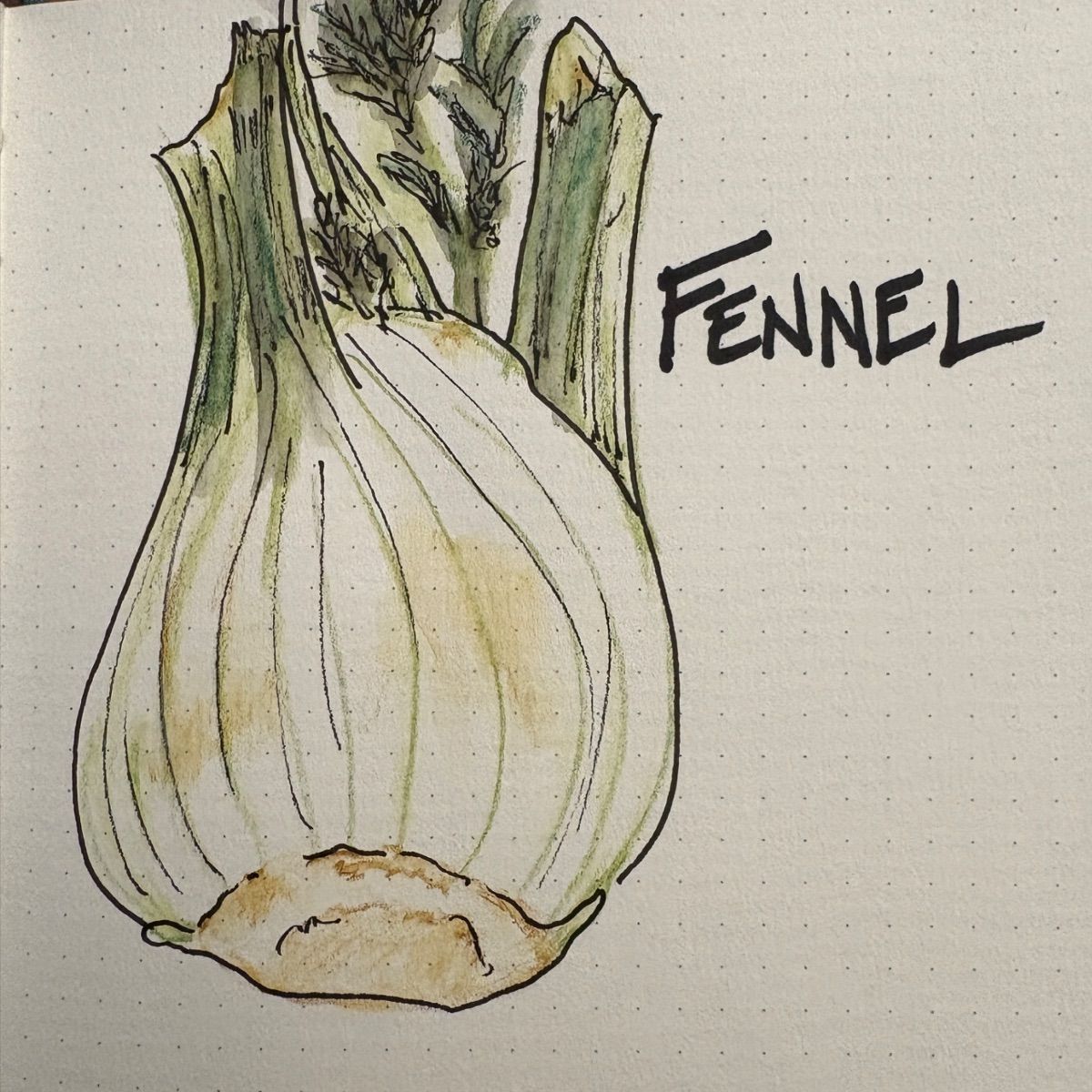
I recently picked up a couple of fennel bulbs in the grocery store—not quite sure what I would do with them, but completely enchanted by the idea of trying something new. Honestly, this isn’t unusual for me. I often shop in garden centers the same way—choosing things that delight me without a clear plan in mind. Cooking with Fennel Fennel seems to be more common in European kitchens than in the United States. In her Around My French Table cookbook, Dorie Greenspan suggests adding a fennel bulb, cut into strips, while sautéing onions in her leek and potato soup recipe. Her approach is genius: leave the vegetables in the broth, so every serving feels fresh. It can be enjoyed as-is, pureed and served cold as vichyssoise, pureed into a creamy soup, or topped with croutons. This variety keeps leftovers exciting rather than repetitive. While I’ve grown fennel before, it’s always been for my beloved swallowtail butterflies rather than the kitchen. That alone makes fennel a worthwhile addition to the garden. But I’ve since learned its foliage can be used in salads, as a garnish, or even in flower arrangements. Growing Fennel in the Garden Fennel ( Foeniculum vulgare ) is a tender perennial and a member of the parsley family. To grow it successfully, plant seeds in succession during spring and fall, as fennel tends to bolt in summer heat. When thinning seedlings, don’t let the pulled plants go to waste—they’re excellent in sandwiches and salads. Fennel’s versatility extends to ornamental gardening, too. Consider planting it in a flower border where its feathery foliage, especially the bronze fennel, provides striking contrast among flowers and shrubs. Some sources report that fennel doesn’t always play well with other vegetables and can cross-pollinate with dill, so plan your garden layout accordingly. If you’re not growing fennel for seeds, pinch off the blooms to encourage larger bulbs and prevent self-sowing. The blooms themselves make a delightful garnish. For Butterflies and You Whether you grow fennel for its fine-textured foliage, culinary uses, or to host swallowtail butterflies, every reason to add it to your garden is a good one. Swallowtail caterpillars devour a lot of foliage to transform into butterflies, so planting multiple fennel plants is a must if you want to share with them. Bronze fennel, with its deep-hued leaves, makes a particularly striking addition to the garden.

I know Connie has sung my praises many times, but just look at me. I was put in this vase a few months ago; the water is long gone. Outside, dried, brown, perennial seedheads are feeding the birds. Azalea flower buds are capped with snow. I am in the warm house, pretty in pink, a reminder for Connie to buy more Ornamental Oregano ( Origanum ‘Kent Beauty’ ) in spring, because I am: A beautiful dried flower, Fun to add to a flower arrangement. My thin stems fit in even tiny bottles and drape over the sides of bigger containers, A thick, weed choking, low perennial, Good for containers, Able to take full sun (I was cut from a plant that drapes over the street curb), Deer resistant, and Very pollinator friendly. Give me full sun and good drainage and I will give so much back. If you are looking for an herb to cook with, plant a culinary Oregano for better flavor. I can’t do everything! Love, Kent Beauty
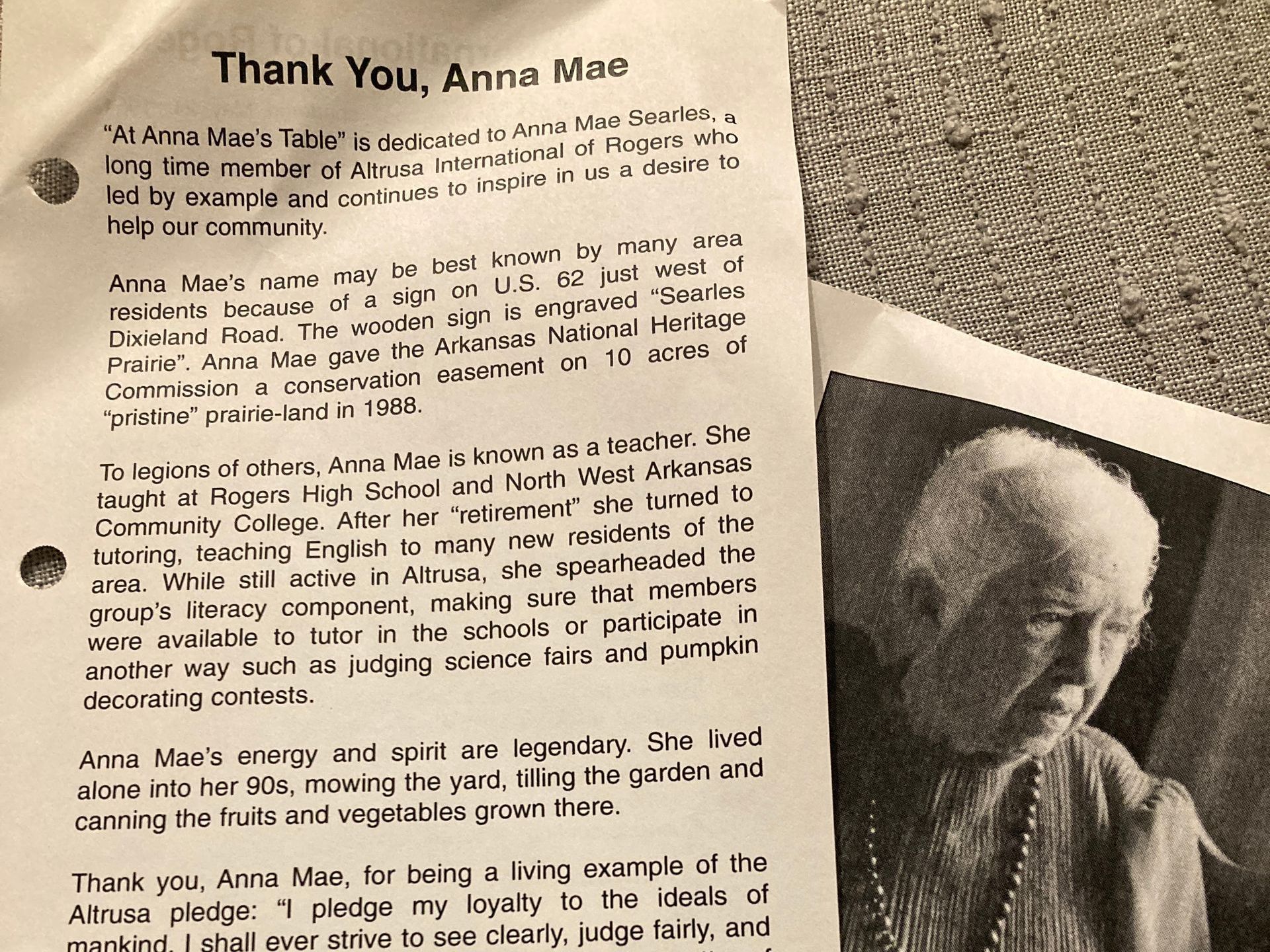
I stumbled upon these pages in an old cookbook, and they instantly took me back to a cherished memory. Have you ever driven by Searles Prairie on the corner of Hudson Road and Dixieland Road in Rogers? This little patch of nature holds a special story—one that I’m grateful to share. Years ago, while participating in the same garden club as Anna Mae Searles, she welcomed me into her home and shared her plans to safeguard her land. With a quiet determination, she was preparing to grant a conservation easement to the Arkansas Natural Heritage Commission. Her passion was evident when she explained that the prairie was home to “prairie pimples” (yes, it’s a thing—look it up!)—quirky natural formations that make the land uniquely beautiful. Anna Mae couldn’t stand the idea of her beloved prairie being bulldozed for development. Every time I pass by that spot, I feel a surge of gratitude for Anna Mae’s foresight and dedication. In 1988, she took a stand, protecting a rare piece of land. According to a 2012 article in the Northwest Arkansas Democrat-Gazette, this land is “10 acres of wild grasses and wildflowers in Rogers that is believed to be the last tract of virgin prairie in the region. Virgin as in prairie that has never been plowed. That makes Searles Prairie unique.” The article also said Anna Mae had been offered half a million dollars for the land but her vision was for it to be preserved and used as a teaching tool. This piece of land holds even deeper meaning for me. My mother’s last apartment had a balcony that overlooked this natural haven, and those views are a cherished memory. So, yes, thank you Anna Mae.

